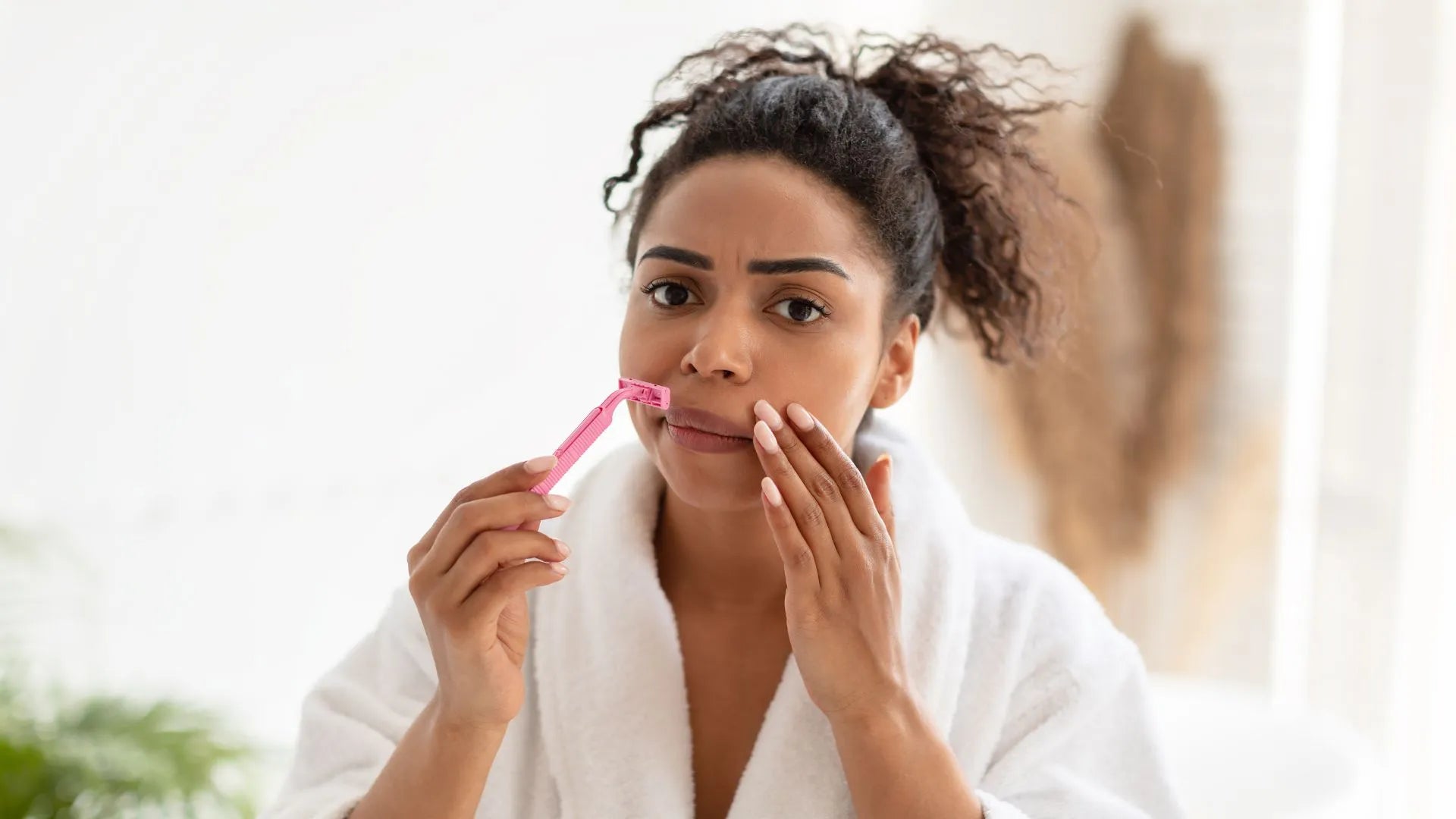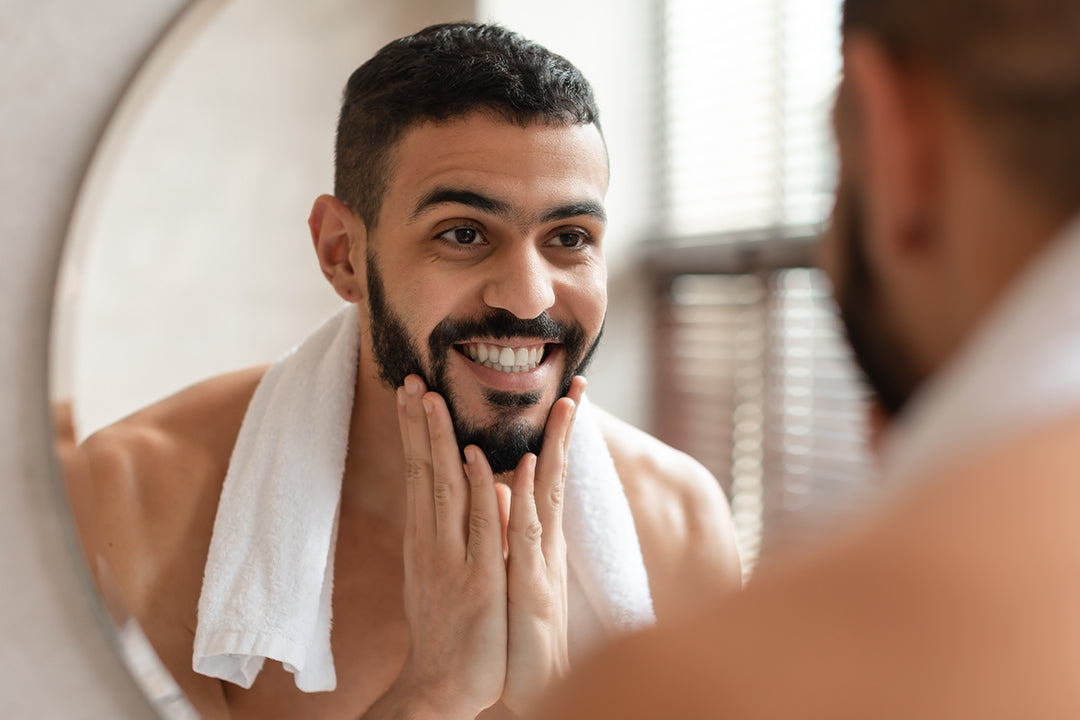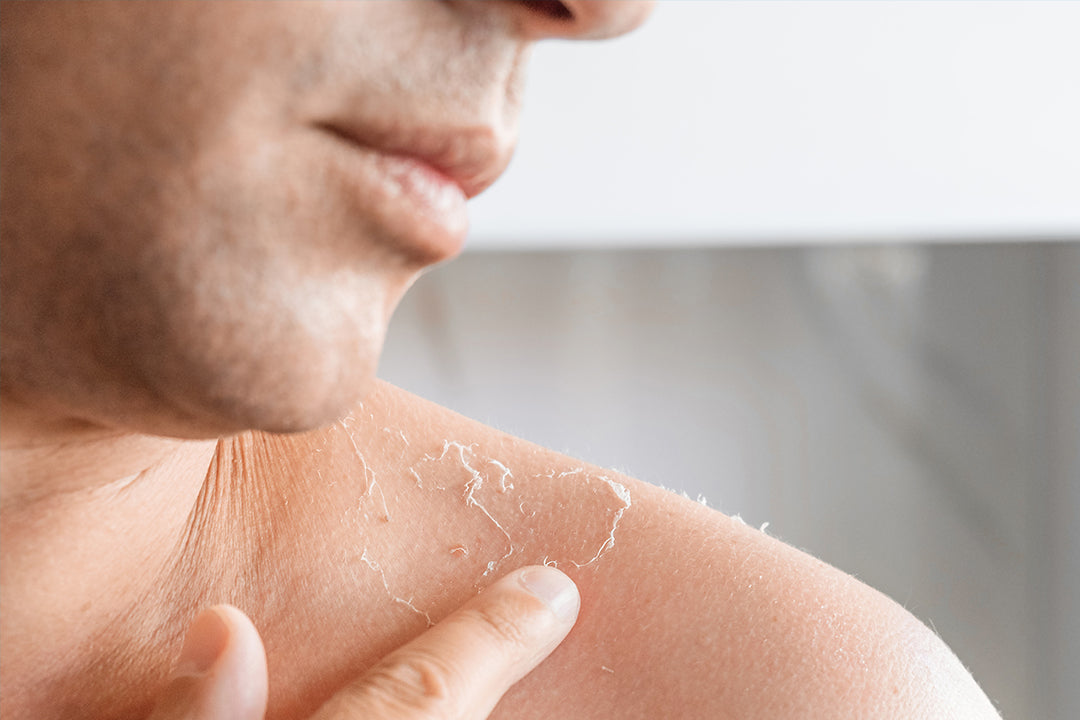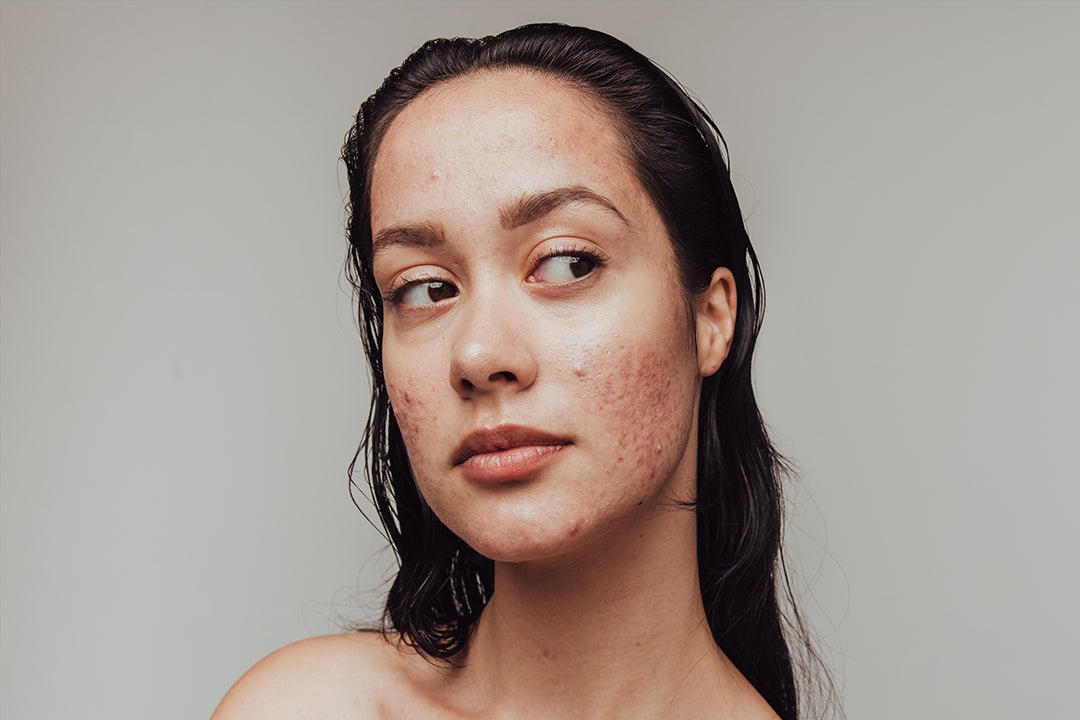Razor bumps are a common problem that many people experience after shaving. These small, red, and inflamed bumps can be quite irritating and uncomfortable. They occur when the hair follicles get trapped beneath the skin's surface, leading to inflammation and bumps.
In this comprehensive guide, we will discuss various treatments, remedies, and preventive measures to help you get rid of razor bumps and achieve smooth, bump-free skin. So, let's dive in!
What Are Razor Bumps?
Razor bumps, also known as pseudofolliculitis barbae, are small bumps that develop on the skin after shaving. They occur when the shaved hair curls back into the skin or grows sideways, causing irritation, inflammation, and redness. Razor bumps are more common in areas where hair is curly, such as the face, neck, bikini area, and legs.
What Do Razor Bumps Look Like?
Razor bumps typically appear as small, red bumps on the skin's surface. They can be itchy and painful and, if left untreated, may develop into pustules or cysts. The affected area may also feel tender to the touch.
Causes of Razor Bumps
Razor bumps are primarily caused by improper shaving techniques, such as shaving against the direction of hair growth or using dull blades. Other common causes include:
- Curly or coarse hair
- Sensitive skin
- Shaving too closely
- Using harsh or irritating shaving products
How to Treat Razor Bumps
There are several effective treatments and remedies available to help alleviate the symptoms of razor bumps and promote healing. Here are some options to consider:
1. Stop Shaving
If you're experiencing severe razor bumps, it may be best to stop shaving for a while to allow the skin to heal. This can help prevent further irritation and promote faster recovery.
2. Use Salicylic Acid
Salicylic acid is a common ingredient found in many skincare products. It can help exfoliate the skin, unclog the hair follicles, and reduce inflammation. Look for creams or gels containing salicylic acid and apply them to the affected areas.
3. Try Glycolic Acid
Glycolic acid is another effective exfoliating agent that can help prevent and treat razor bumps. It helps remove dead skin cells, unclog pores, and reduce inflammation. Look for products with glycolic acid and use them as directed.
4. Try Face Scrubs
Regular exfoliation can help prevent razor bumps by removing dead skin cells and unclogging hair follicles. Use a gentle face scrub or exfoliating cleanser to gently exfoliate the skin and prevent ingrown hairs.
5. Gently Brush the Skin
Using a soft-bristle brush, gently brush the affected areas in a circular motion. This can help release trapped hairs, reduce inflammation, and promote healing.
6. Use a Warm Washcloth
Applying a warm washcloth to the affected areas can help open up the pores, soften the skin, and reduce inflammation. Leave the washcloth on for a few minutes, then gently pat the skin dry.
7. Consider Medical Treatment
If home remedies don't provide sufficient relief, it may be necessary to seek medical treatment. A dermatologist can prescribe topical creams, and oral medications, or perform procedures to help alleviate razor bumps.
8. Try Another Hair Removal Technique
If you consistently experience razor bumps, it may be worth exploring alternative hair removal methods. Options such as waxing, threading, or laser hair removal can help reduce the risk of razor bumps.
Preventing Razor Bumps Next Time!
Preventing razor bumps is key to maintaining smooth and healthy skin. Here are some preventive measures you can take:
1. Prepare the Skin
Before shaving, prepare your skin by washing it with warm water and a gentle cleanser. This helps soften the hair and open up the pores, making shaving easier and less irritating.
2. Use a Sharp Razor
Using a sharp and clean razor blade is crucial for preventing razor bumps. Dull blades can tug at the hair, increasing the risk of irritation and ingrown hairs. Replace your razor blades regularly.
3. Shave in the Direction of Hair Growth
Shaving against the direction of hair growth can increase the likelihood of razor bumps. Always shave in the direction of hair growth to minimize irritation.
4. Use a Shaving Cream or Gel
Applying a shaving cream or gel helps lubricate the skin and hair, reducing friction and irritation. Look for products specifically designed for sensitive skin or those that contain moisturizing ingredients.
5. Avoid Over-Shaving
Shaving too frequently can cause irritation and increase the risk of razor bumps. Allow enough time between shaves for the skin to recover and the hair to grow out slightly.
6. Moisturize After Shaving
After shaving, apply a moisturizer to soothe the skin and prevent dryness. Look for moisturizers that are non-comedogenic and gentle on the skin.
tl;dr
Razor bumps can be a frustrating and uncomfortable problem, but with the right treatments and preventive measures, you can achieve smooth and bump-free skin. Follow the tips and remedies mentioned in this guide to get rid of razor bumps and enjoy a hassle-free shaving experience.









